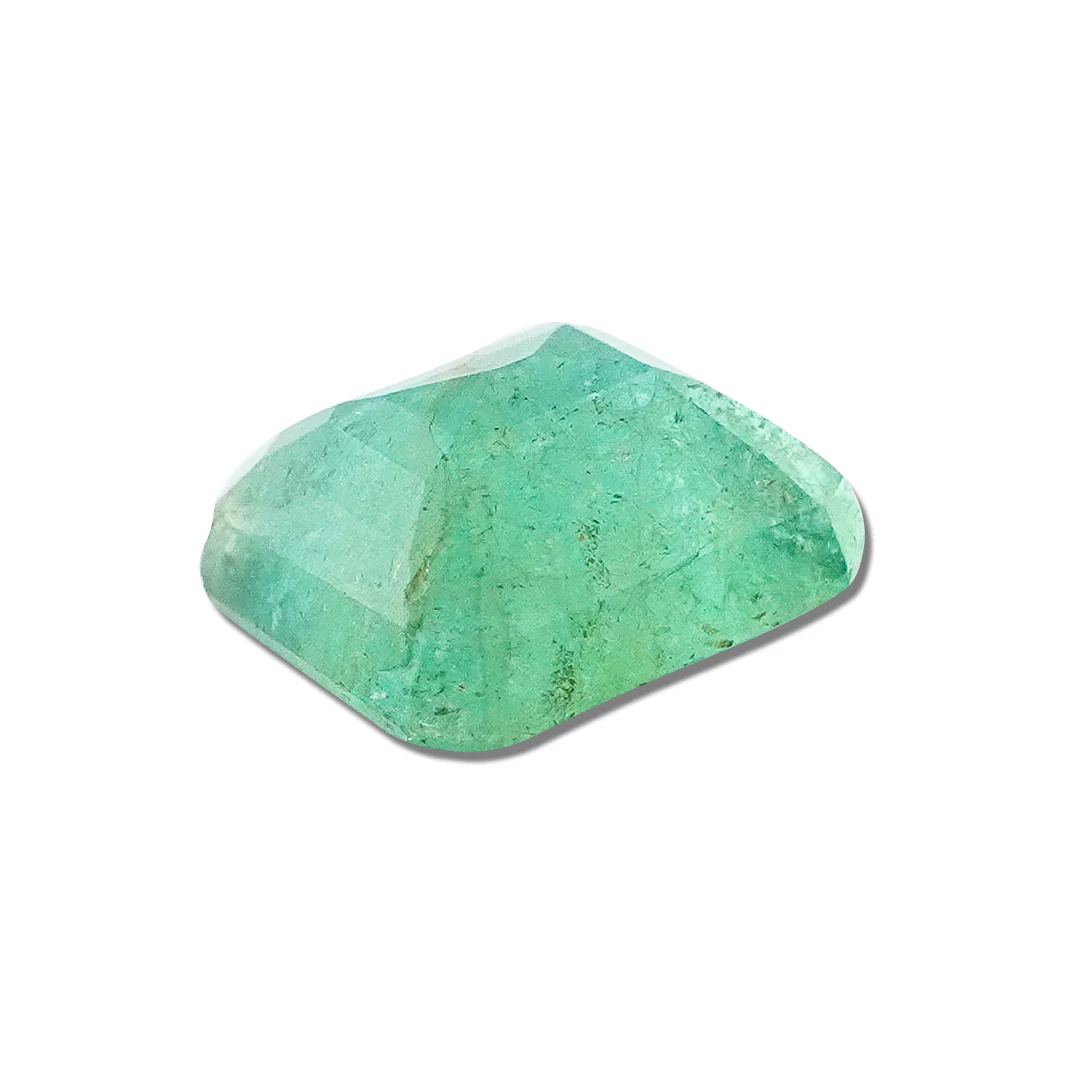- Introduction to Samavartana
- Historical Background of Samavartana
- The Significance of Samavartana in Hindu Culture
- Preparation for the Samavartana Ceremony
- Key Elements of the Samavartana Ritual
- Symbolism in Samavartana
- Regional Variations of Samavartana
- Modern Interpretation of Samavartana
- The Role of Family in Samavartana
- Samavartana and Personal Growth
- Challenges in Preserving Samavartana Tradition
- Samavartana in the Context of Hindu Education System
- Comparing Samavartana with Other Coming-of-Age Rituals
- The Future of Samavartana in a Changing World
- Conclusion
- FAQs
Introduction to Samavartana
Have you ever wondered about the rich tapestry of Hindu rituals that mark significant milestones in a person’s life? Well, let me introduce you to a hidden gem among these rituals – Samavartana. This fascinating ceremony, often overlooked in discussions about Hindu traditions, holds a special place in the journey of a young Hindu’s life. It’s like the grand finale of a spectacular show, marking the end of one chapter and the beginning of another.
Historical Background of Samavartana
Samavartana, also known as Snana or Deekshanta, has roots that stretch back to ancient times. Imagine a time when education was imparted in gurukulas, residential schools where students lived with their teachers. The ritual of Samavartana emerged as a pivotal moment signifying the completion of formal education and the student’s readiness to enter the next phase of life.
The Significance of Samavartana in Hindu Culture
In the grand scheme of Hindu traditions, Samavartana is like the golden key that unlocks the door to adulthood. It’s not just a ritual; it’s a rite of passage that transforms a student into a responsible member of society. This ceremony marks the end of the Brahmacharya (student) phase and prepares the individual for the Grihastha (householder) stage of life.
Preparation for the Samavartana Ceremony
Getting ready for Samavartana is no small feat. It’s like preparing for a graduation ceremony, but with a spiritual twist. The student, having completed their studies, seeks permission from their guru to return home. This preparation involves not just physical cleansing but also mental and spiritual readiness to take on new responsibilities.
Key Elements of the Samavartana Ritual
Ritualistic Bath
The ceremony kicks off with a ritualistic bath, symbolizing purification. It’s not your everyday shower, folks! This bath is meant to cleanse not just the body but also the mind and soul, preparing the student for their new journey.
Offering Prayers
Next comes a series of prayers and offerings to various deities. It’s like sending a cosmic thank-you note for the knowledge and guidance received during the years of study.
Changing of Sacred Thread
For those who wear the sacred thread, this is a big moment. The old thread is replaced with a new one, symbolizing the transition from student to graduate. It’s like getting a spiritual diploma!
Receiving Blessings
The ceremony concludes with the graduate receiving blessings from their guru, family, and elders. These blessings are like a spiritual armor, preparing them for the challenges of adult life.
Symbolism in Samavartana
Samavartana is rich in symbolism. Every action, from the bath to the change of clothes, represents something deeper. It’s like a play where every prop and gesture has a hidden meaning, all pointing towards the theme of transformation and new beginnings.
Regional Variations of Samavartana
Just like how recipes change from kitchen to kitchen, Samavartana too has its regional flavors. In some parts of India, it might involve elaborate rituals lasting days, while in others, it could be a more subdued affair. These variations add a beautiful diversity to the ritual, making it a truly pan-Indian tradition.
Modern Interpretation of Samavartana
In today’s fast-paced world, Samavartana has adapted to fit modern lifestyles. While the essence remains the same, the execution has evolved. It’s like how we still celebrate birthdays, but the way we do it has changed over time.
The Role of Family in Samavartana
Family plays a crucial role in Samavartana. It’s a moment of pride and joy for parents to see their child complete this important milestone. The family’s involvement is like the supporting cast in a movie – essential for the success of the main character’s journey.
Samavartana and Personal Growth
At its core, Samavartana is about personal growth. It’s a recognition of the individual’s journey from dependence to independence, from learning to applying knowledge. This transition is like a butterfly emerging from its cocoon, ready to spread its wings.
Challenges in Preserving Samavartana Tradition
In the modern world, preserving traditions like Samavartana can be challenging. With changing educational systems and lifestyles, maintaining the relevance of this ritual requires effort and adaptation. It’s like trying to keep a vintage car running in an age of electric vehicles – possible, but requiring dedication and creativity.
Samavartana in the Context of Hindu Education System
Samavartana is deeply tied to the traditional Hindu education system. It represents the culmination of years of learning, not just academic but also spiritual and moral. In today’s context, it serves as a reminder of the holistic approach to education that was once the norm in Hindu society.
Comparing Samavartana with Other Coming-of-Age Rituals
When we look at Samavartana alongside other coming-of-age rituals around the world, we see fascinating parallels. It’s like comparing different languages – while the words might be different, the core message of transition and growth remains the same.
The Future of Samavartana in a Changing World
As we look to the future, the question arises: How will Samavartana evolve? Will it retain its significance in a rapidly changing world? The key lies in balancing tradition with relevance, much like how ancient wisdom is repackaged for modern consumption.
Read Also: Horoscope Hype: Magazine Astrology Hidden Truths
Conclusion
Samavartana, the hidden gem of Hindu rituals, stands as a testament to the rich cultural heritage of India. It’s a beautiful blend of spirituality, education, and personal growth. As we’ve explored, this ritual is not just a ceremony but a profound marker of transition in a Hindu’s life. In a world that’s constantly changing, rituals like Samavartana remind us of our roots while preparing us for the future. They connect us to our past while propelling us forward, much like a bridge between two worlds. As we move forward, let’s cherish and preserve these traditions, adapting them to our modern lives without losing their essence.
For interesting astrology-related videos, subscribe to us on Youtube
FAQs
- What is the ideal age to performSamavartana?
Traditionally,Samavartana is performed after completing Vedic education, which could be around 18-25 years of age. However, in modern times, it’s often aligned with the completion of formal education.
- IsSamavartana mandatory for all Hindus?
While it’s an important ritual in Hindu tradition, it’s not mandatory. Its observance varies among different communities and families.
- Can women participate inSamavartana?
Historically,Samavartana was primarily for male students. However, in contemporary practice, many families perform this ritual for both sons and daughters.
- How long does a typicalSamavartana ceremony last?
The duration can vary greatly depending on regional customs and family traditions. It can range from a few hours to several days.
- What happens if someone doesn’t performSamavartana?
There are no religious penalties for not performingSamavartana. It’s seen as a beneficial ritual but not performing it doesn’t affect one’s religious standing.




















